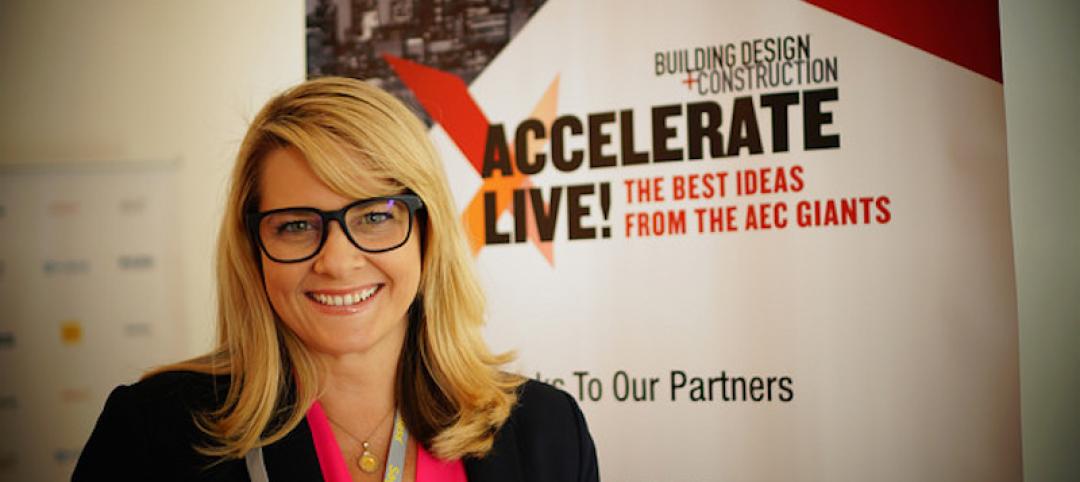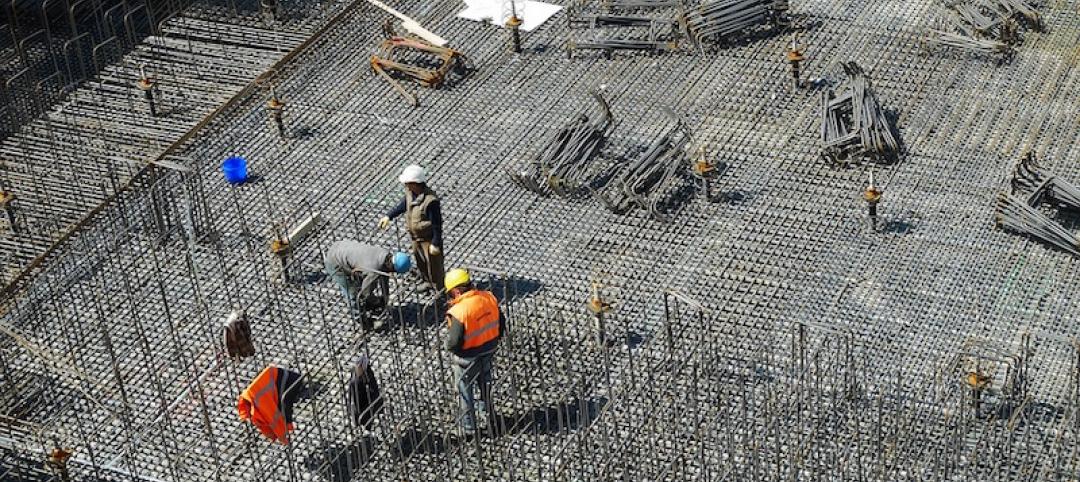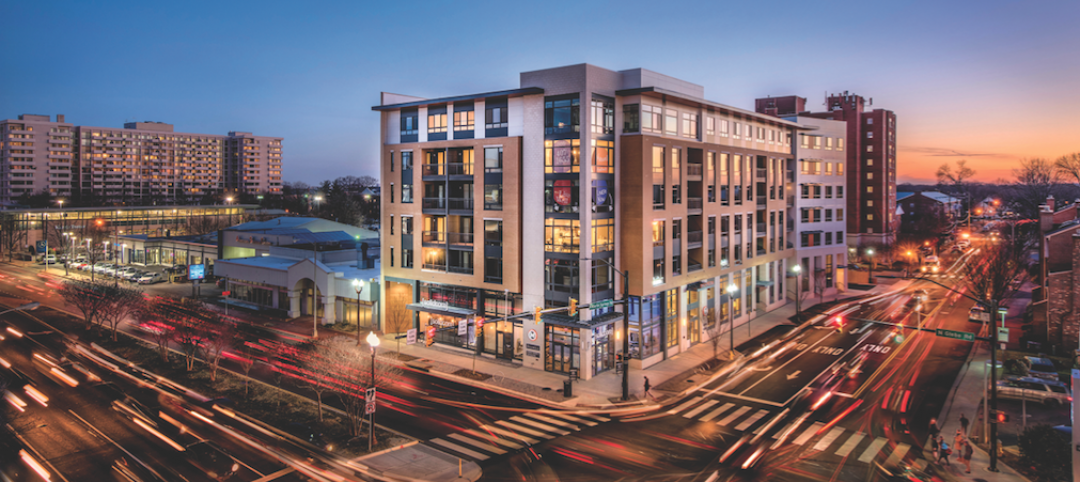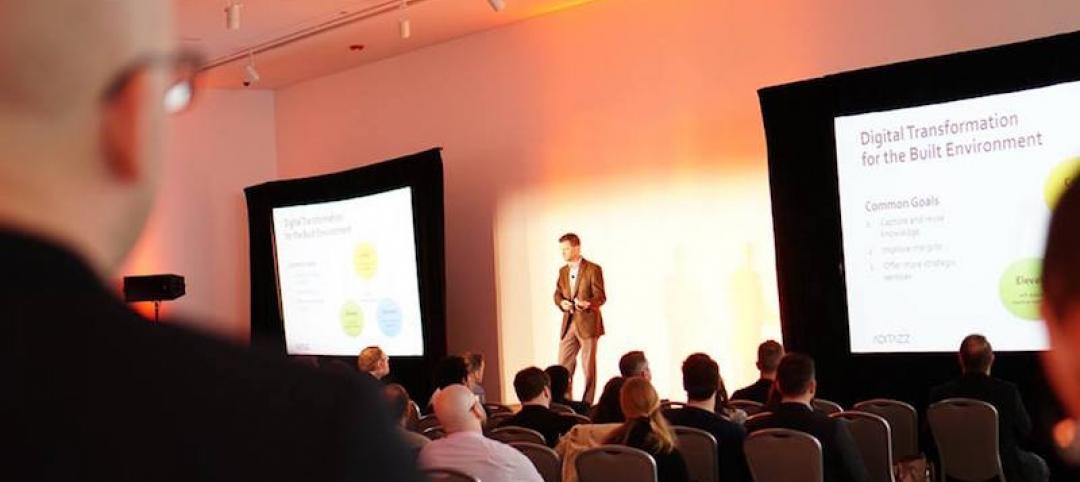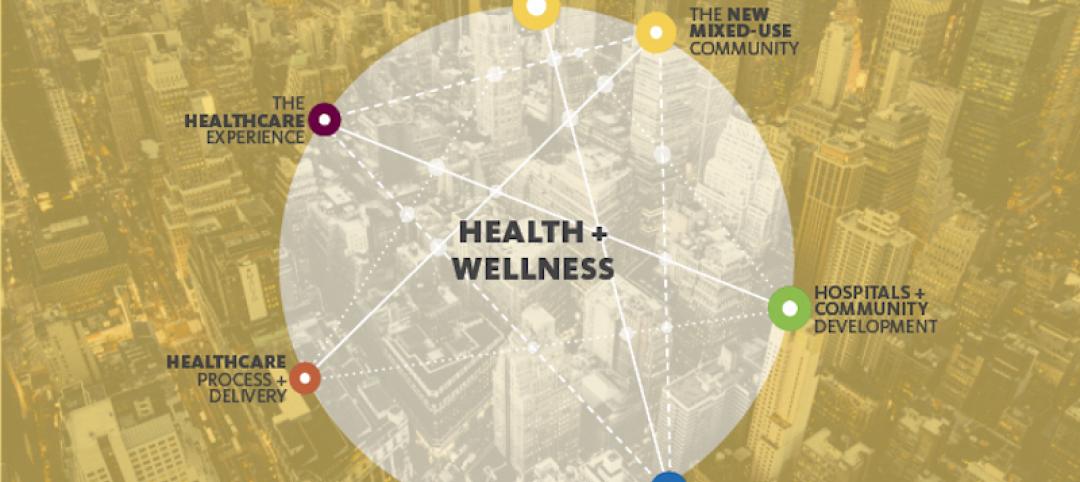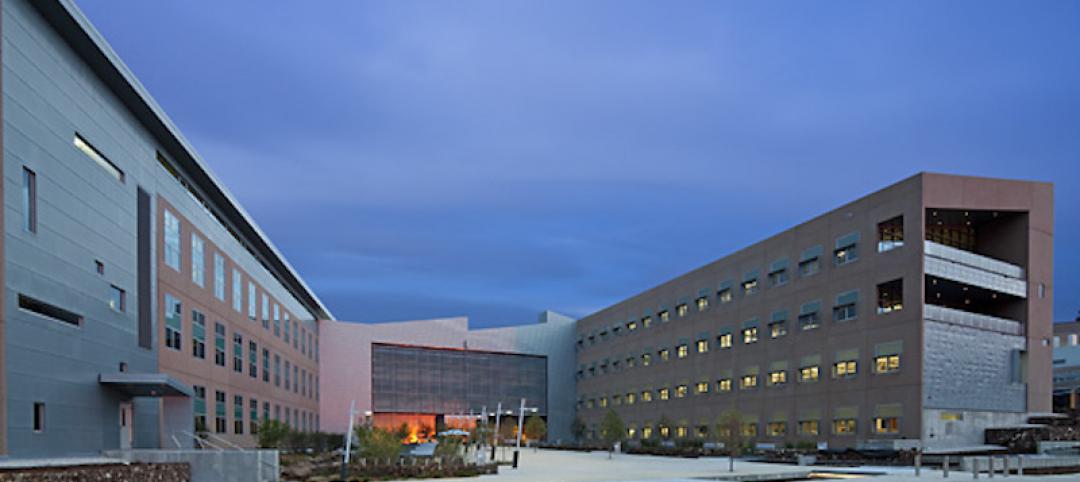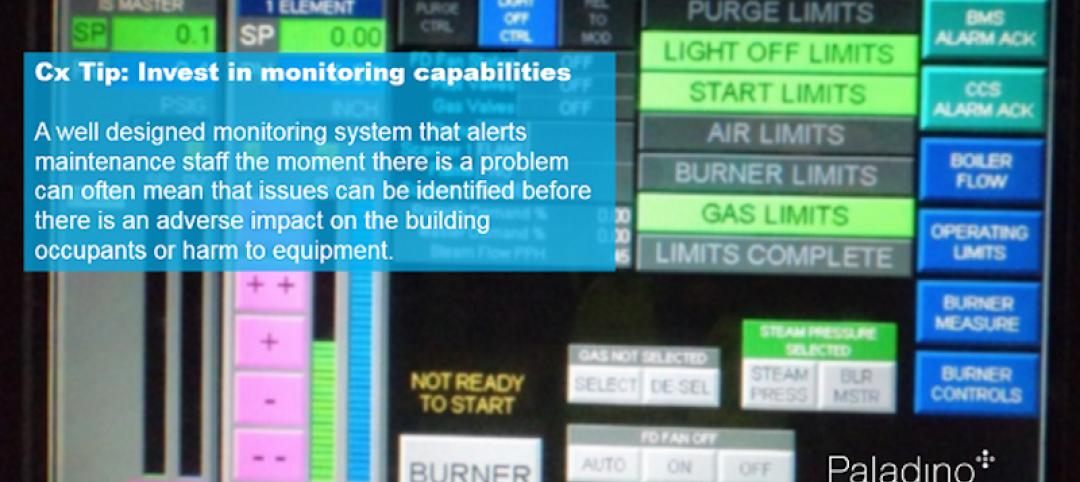BD+C: How is Duke’s capital projects program faring in this economy?
John Pearce: Compared to most, we are in good shape. On the university side of the campus, we finished most of our new building projects in 2008. We have had to slow down on building restorations, mostly to internal mechanical systems, but we continue to do feasibility studies on wish lists from the 10 schools on campus.
On the health systems side of the campus, we have two major projects: a cancer center and a major hospital expansion, about $600 million of work. A new $50 million education building for the medical school is also about to start construction.
With our master plan of 2000 in place, our trustees decided to link everything—financial projections, master planning, capital budgeting, etc.—so today it’s a much more report-based, developed approval process.
BD+C: Are students and faculty involved in capital projects?
JP: All of the board committees have students, faculty, and trustees; each committee reports to the Board of Trustees. Certain committees, including Facilities & Environment, have formal approval authority. On the design side, Duke has an internal review committee that meets every two weeks to deal with all the design issues for projects, with input from all of these groups. In the business and finance area, there are students who are very active, and we have one graduate student who is very big on sustainability.
BD+C: Speaking of sustainability, Duke has 26 LEED-registered projects, 16 of which are certified, including four Silvers, one Gold, and one Platinum. What is Duke’s policy on sustainability?
JP: In 1993, I prepared a set of design guidelines for the university, which have been updated over the years. We deal with a 50-year building, so you have to speak to the issue of quality materials and systems at every level—exterior walls, windows, roofs, mechanical systems, etc. When it came to introducing LEED to the campus, in 2002, we had a head start, and we made it immediately clear that we wanted a specific level of quality.
At first, we had to concentrate mostly on the site design requirements. We handle stormwater on a campuswide basis, and we’ve also separated our parking from our buildings, so this was a struggle for us because of how the USGBC defined the site. More recently, we’ve been concentrating on energy issues, such as the conversion from coal to natural gas and the use of central chilled distribution. These things don’t usually get us a lot of LEED points. Nevertheless, our standard is LEED Silver.
Duke has also signed the American College & University Presidents’ Climate Commitment to be carbon neutral by 2024, which happens to be the centennial of the founding of Duke University.
BD+C: Are you requiring the use of BIM on projects?
JP: We use design-build, and in some cases, those firms have suggested using BIM, but we have not required it. I think the jury is still out on BIM. My reaction is that a BIM system often makes a project design look more finished than it really is. It’s almost a gimmick. I find sometimes the project managers feel that BIM makes their job easier, but I worry that there may not be enough architecture and design requirements in the models. We’re being careful with BIM. It will probably happen, and it’s great not having ducts running through your steel beams, but I’m not sure about it as an upfront requirement.
BD+C: The $64 Question: How can design firms get work at Duke?
JP: I get calls from architects all the time, and the first thing I say is, Do your homework! Be serious. Find out about us. My website has our Action Plans, so don’t ask me what we have in the works—it’s all there (http://architect.duke.edu/planning/master_plan.html). My vendor list is 120 firms long, and we probably use 25 well-known firms.
Second, make sure the principal shows up for the interview, not just the marketing professional. I try to meet with firms, because I do enjoy learning from them, but often the marketer is pretty inexperienced. Who is the person who’s going to be dealing with the dean and the trustees? That person needs to be available. We interview in the standard way, and you can tell who knows what they’re talking about.
Also, you have to understand how the academic environment works. It’s a hydra-headed entity with many customers, all having various beliefs as to who is making the decision. It’s not the corporate world, where you might get a single decision maker.
Finally, you’d be absolutely amazed at how bad people’s references come through. References really need to be clean. You have to make sure that the person to be contacted will give the reference you desire.
All I want to know is what you can do specifically for Duke, based on your firm’s experience. Send a letter with the type of project you’re interested in and what projects you’ve done in that area—and send it electronically only.
BD+C: That’s great advice. Any other gems?
JP: I find that architects in particular, perhaps less so with contractors and engineers, often will give up too easily. They have this belief that if they just walk through the door they’ll get a project with us. If your firm wants to target Duke, or any major university, you’ve got to show that you really want work with us.
Related Stories
Sponsored | Architects | Jul 19, 2017
Introducing StrXur by Bluebeam
Our goal is to present unique perspectives you may not be able to find anywhere else.
Sponsored | Accelerate Live! | Jul 13, 2017
Defining the future by mastering the art of change
From my perspective, what separates organizations thriving in the digital revolution from those who are not boils down to one thing: leadership.
Multifamily Housing | Jul 12, 2017
Midyear Rent Report: 26 states saw rental price increases in first half of 2017
The most notable rental increases are in growing markets in the South and Southwest: New Orleans, Glendale, Ariz., Houston, Reno, N.V., and Atlanta.
Giants 400 | Jul 12, 2017
Innovation abounds, but will it lead to growth for AEC Giants?
Engineering firms such as Arup, Glumac, and Thornton Tomasetti are leveraging their in-house expertise to develop products and tools for their design teams, clients, and even the competition.
Multifamily Housing | Jul 12, 2017
7 noteworthy multifamily projects: posh amenities, healthy living, plugged-in lifestyle
Zen meditation gardens, bocce courts, saltwater pools, and free drinks highlight the niceties at these new multifamily developments.
Accelerate Live! | Jul 6, 2017
Watch all 20 Accelerate Live! talks on demand
BD+C’s inaugural AEC innovation conference, Accelerate Live! (May 11, Chicago), featured talks on machine learning, AI, gaming in construction, maker culture, and health-generating buildings.
Healthcare Facilities | Jun 29, 2017
Uniting healthcare and community
Out of the many insights that night, everyone agreed that the healthcare industry is ripe for disruption and that communities contribute immensely to our health and wellness.
Architects | Jun 25, 2017
Stantec adds RNL Design to its stable, fortifying several of its business units
The engineering giant also names successor to CEO who will retire at the end of this year.
Building Team | Jun 22, 2017
Seven lessons learned on commissioning projects
Commissioning is where the rubber meets the road in terms of building design.
Sponsored | Building Team | Jun 20, 2017
Plan ahead when building in the west
Getting a project through plan review can be an unusually long process, anywhere from six months to two years.




